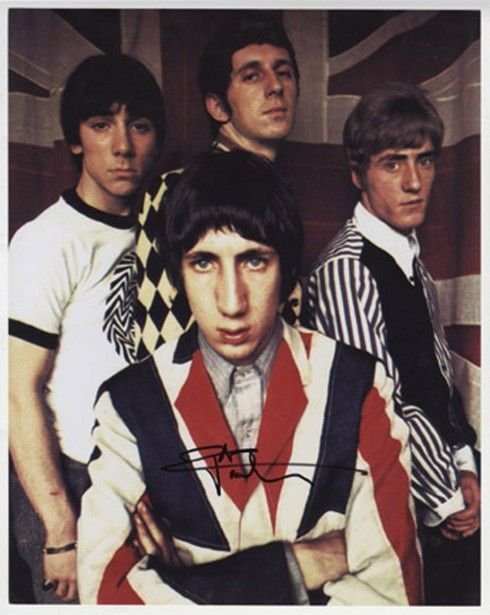In recent years, op art (optical art) has been shown through the spectacular lens of fashion, bringing a bustling melody to the world of costumes.
In the 1960s, the passion for patterns arose from the desire to break away from the social norms and conservative dress styles of the past.
The rock group The Who was one of the most influential bands of the 1960s and 1970s, possessing a style rich in Op Art.
Op art is known as a visual art with the ability to create illusions that deceive the human eye.
As op art and its artists gradually gained a voice, the youth culture boom of the 1960s gained strength.

Artwork by Bridget Riley

Works by Victor Vasarely

Images at The Responsive Eye exhibition
Op art entered fashion with modern designs inspired by Pierre Cardin’s astronauts and Mary Quant’s A-line dresses.

1964 design by Mary Quant

Deanna Littel’s 1960s designs were also photographed with op art images in the background.
If you learn more about the op art of this golden age, you will pay attention to the image of Pond’s Fresh Start facial cleansing gel advertisement in 1965. This advertisement shows a photo of a model’s face with careful makeup.
Pond’s advertising sample
After a hiatus in fashion to make way for gentle patterns inspired by nature in the art nouveau style since the late 1960s, op art is still able to make an impressive comeback.
Let’s take a look at the designs following the op art trend of fall-winter 2014:
See more The story of the bra
See more Fashion trends through the decades
